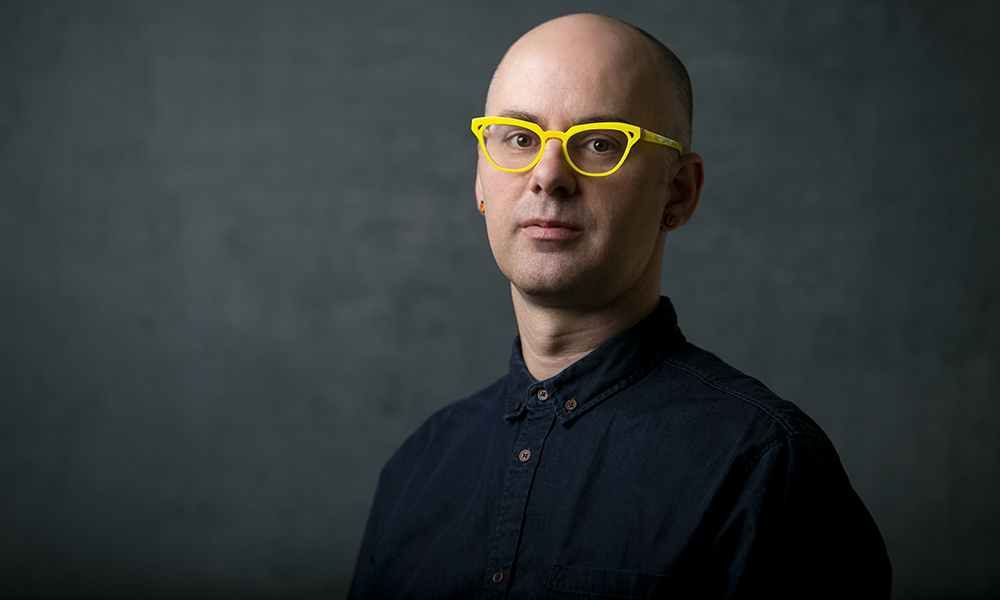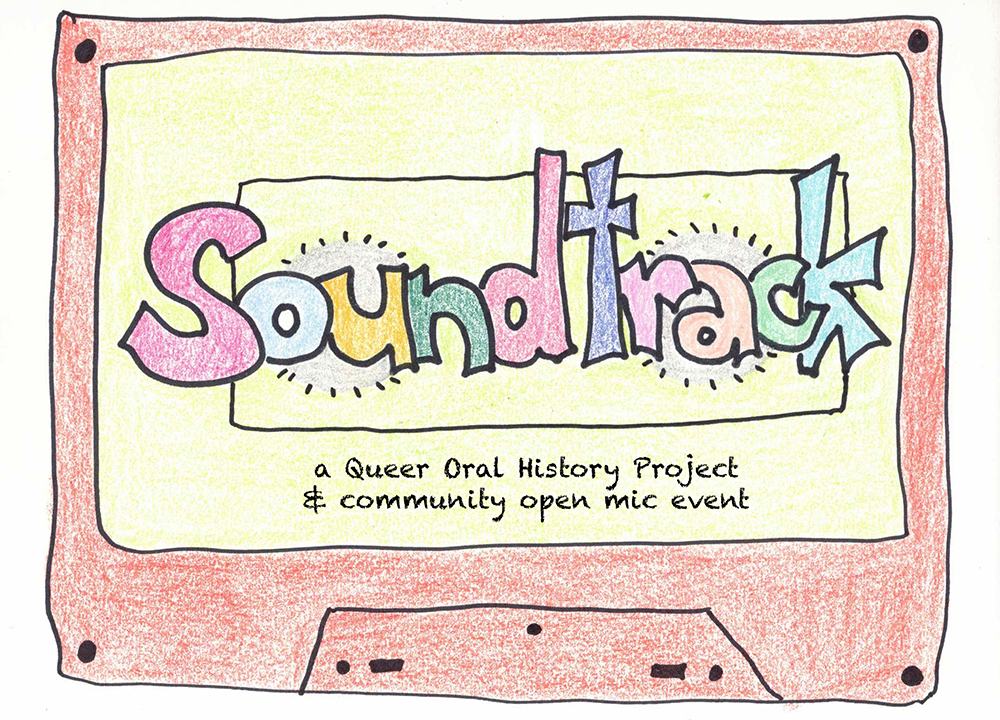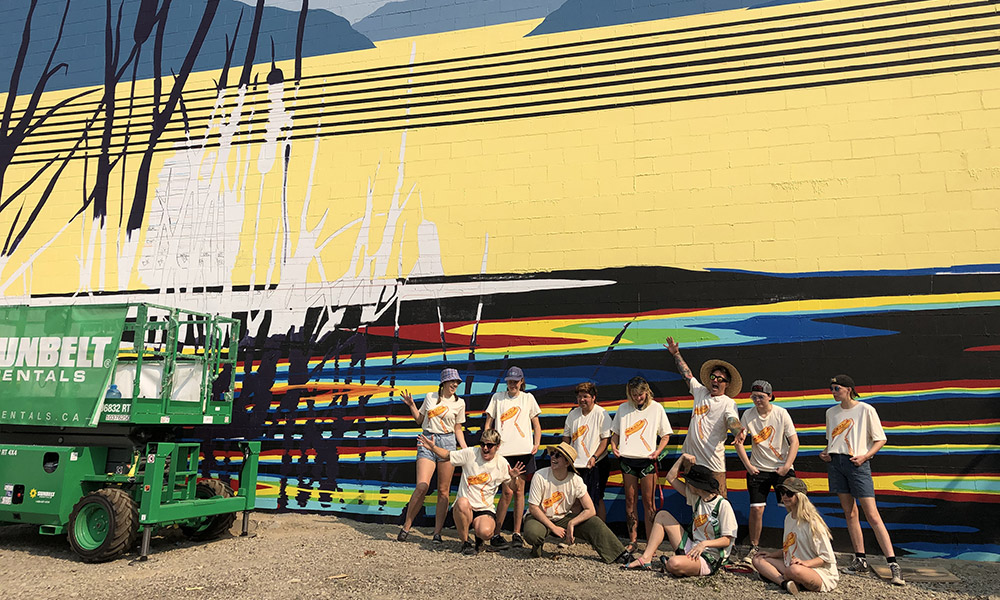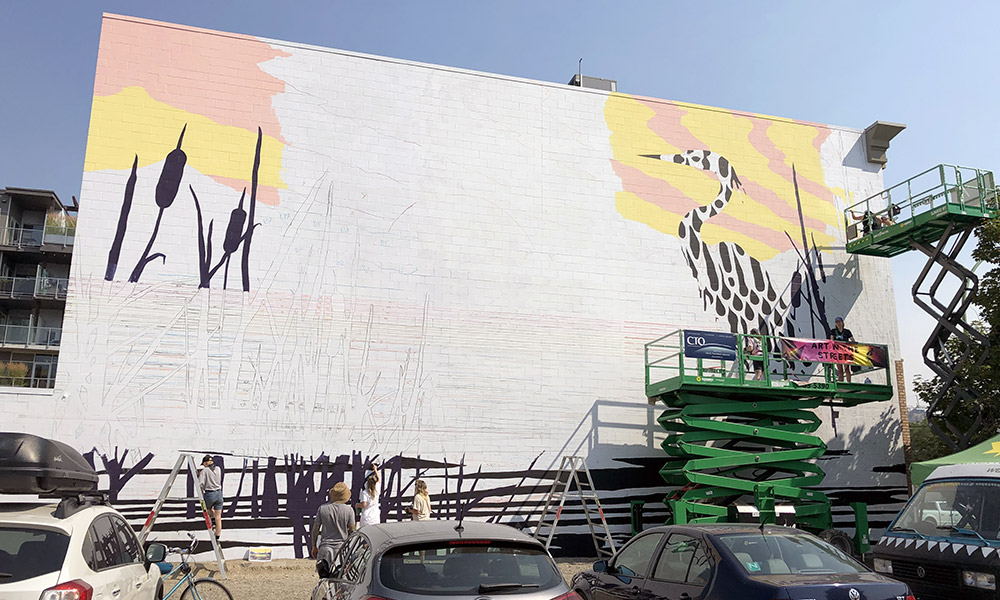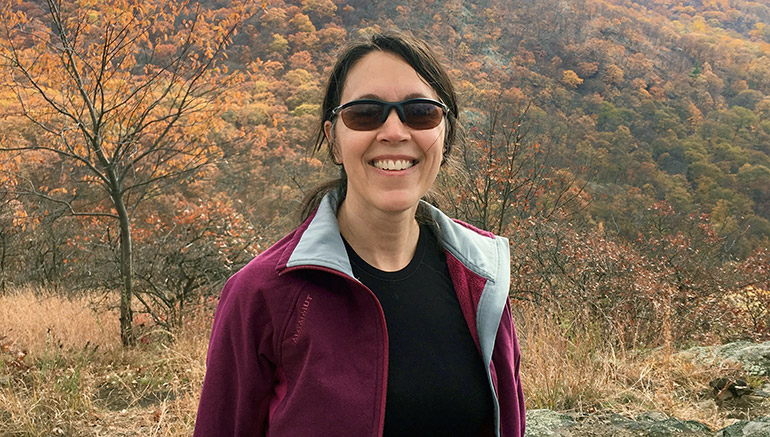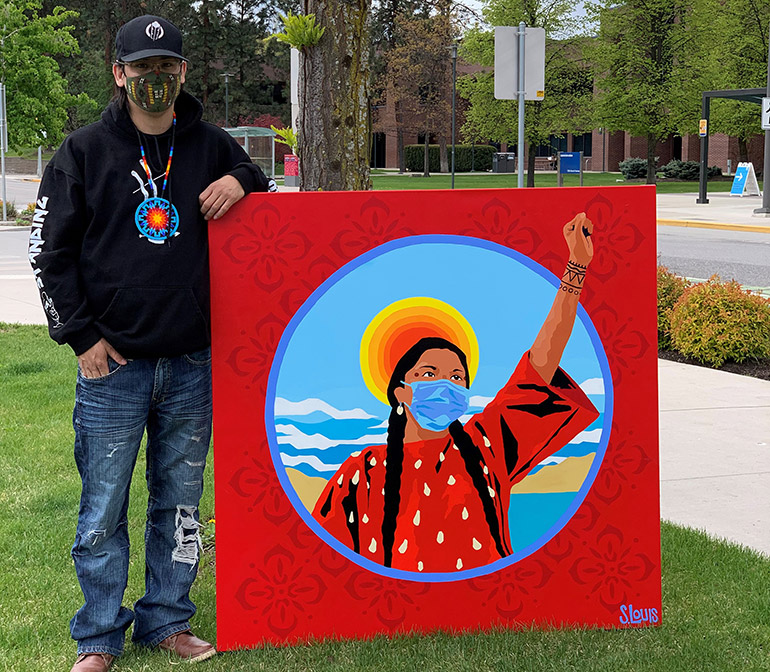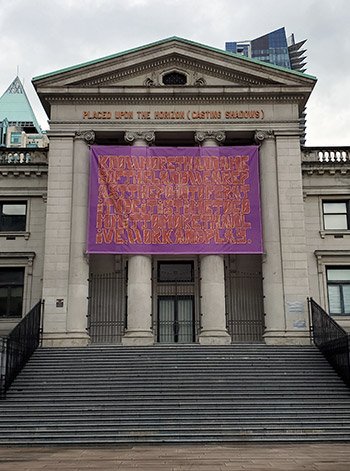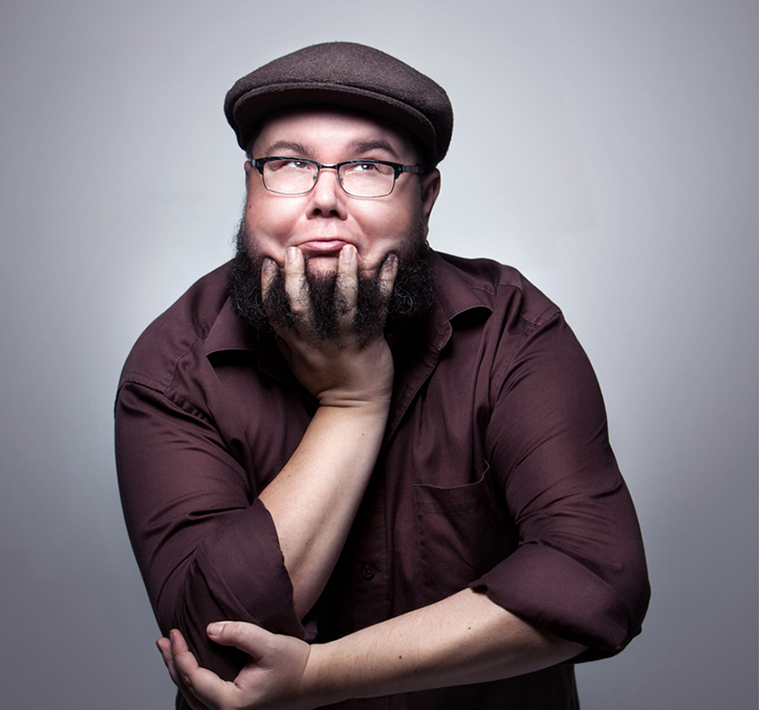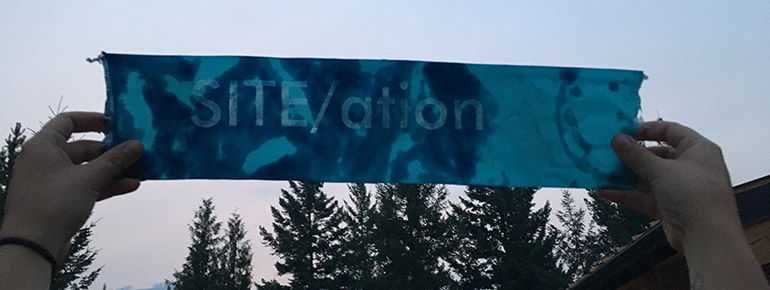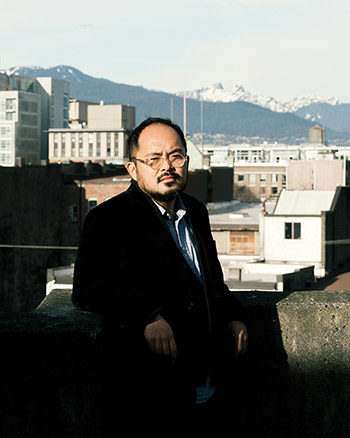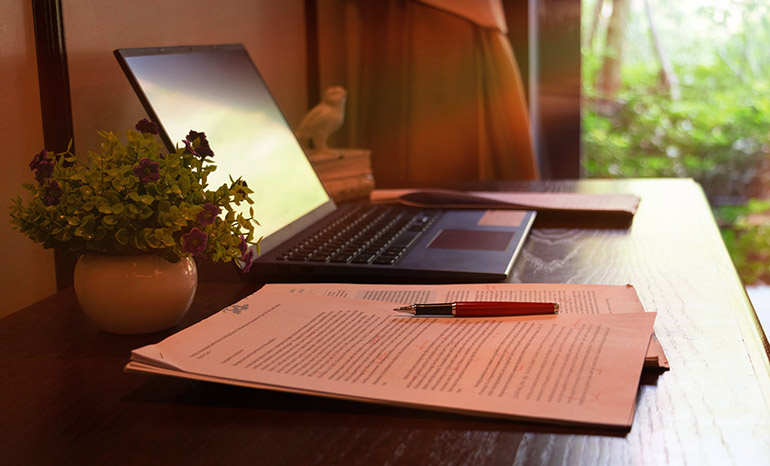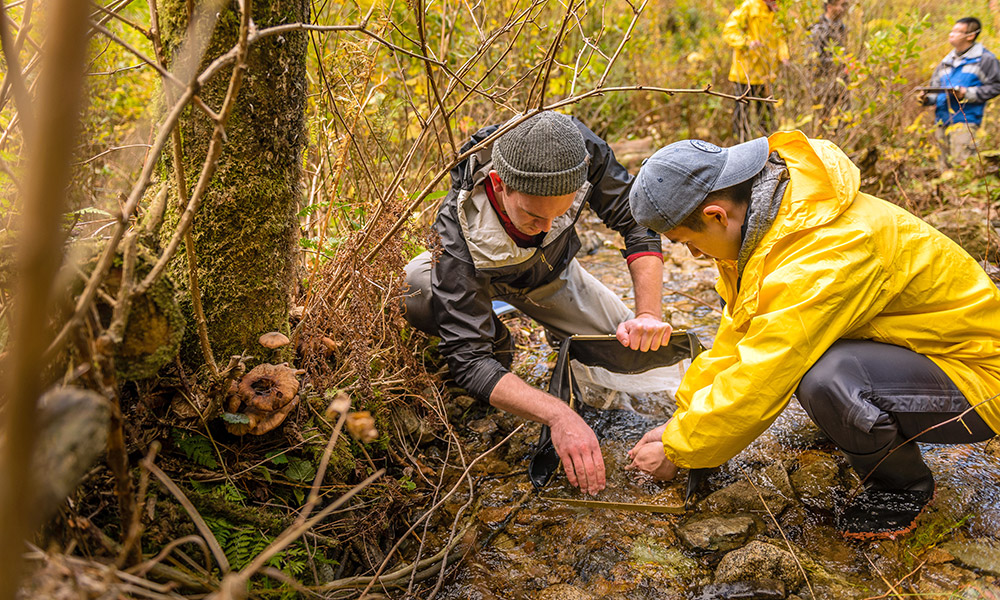
UBCO’s new bachelor of sustainability degree will equip students with the breadth and compassion to find solutions to sustainability issues such as climate change, land and water use, energy transition, and social and economic inequality.
UBC Okanagan will soon be home to Canada’s first undergraduate degree dedicated exclusively to sustainability.
The Bachelor of Sustainability (BSust) is a four-year direct-entry program dedicated to inspiring students to address complex environmental challenges by integrating knowledge from different academic subjects, with hands-on and community-based learning.
The program combines a broad, interdisciplinary approach, with focused concentrations that develop the knowledge, skills and attitudes of students who want to become good citizens of the Earth.
“This is the type of learning opportunity that prepares students to become the innovators and leaders needed to meet the environmental challenges that we face now, and in the future,” says the program’s inaugural director and associate professor of earth sciences Dr. Kevin Hanna.
“Heat waves, record-breaking wildfire seasons, drought—these are major threats to life as we know it, and though a lot of people define sustainability in ways that seem clear, obvious and needed, it can be tough to put sustainability into action. The BSust is about building the skills to go from hopeful to operational.”
Students will choose from one of four concentrations: environmental analytics, environmental conservation and management, environmental humanities or green chemistry.
Program graduates will be well-positioned to seek employment in numerous sectors including natural resources management, environmental impact assessment, project management and education, or to continue their studies in a graduate-level program.
Dr. Lesley Cormack, deputy vice-chancellor and principal of UBC Okanagan, is proud UBCO is leading the way in sustainability education.
“UBC has a long track record of innovative practices and programs, and I’m thrilled that we’re adding to this record by establishing the BSust program,” says Dr. Cormack.
“The creation of this program is a bold step towards realizing UBC’s vision of inspiring people, ideas and actions for a better world and fulfilling its commitment to advance sustainability across teaching, learning and research.”
The program also aligns with UBC’s commitment to the Truth and Reconciliation Commission of Canada and United Nations Declaration on the Rights of Indigenous Peoples.
All students are required to take an Indigenous Studies course that introduces concepts of Indigenous knowledge, which will contribute to advancing reconciliation with Indigenous Peoples.
The new credential will strengthen UBC Okanagan’s leadership in sustainability and promote a greener future for British Columbia and the planet.
“Sustainability education enlarges our understanding of the world we inhabit and seeks solutions to put us on a path towards a cleaner, brighter future,” says Anne Kang, BC’s Minister of Advanced Education and Skills Training.
“Training students with the necessary tools to actively contribute towards initiatives like our CleanBC plan creates opportunities to reduce pollution and protect our climate for future generations.”
The new program will accept its first intake of students in September 2022.
For more information about the BSust, visit: sustainability.ok.ubc.ca

